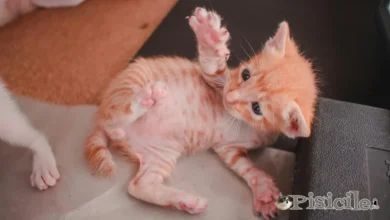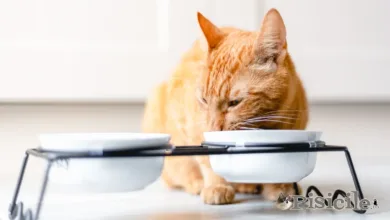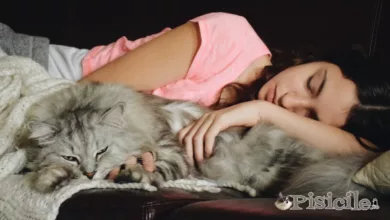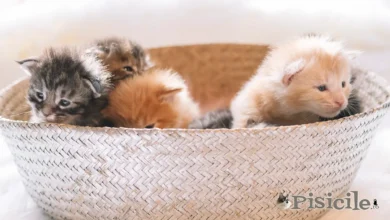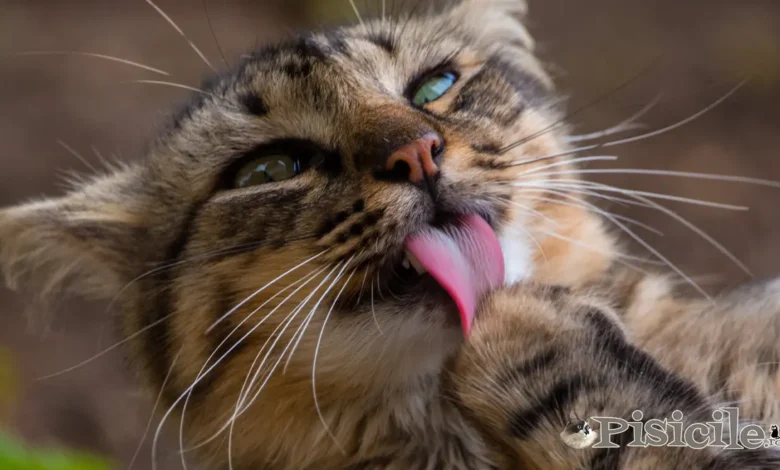
Even if for many people it is a mystery that arouses curiosity, feline lovers know well why cats have a harsh tongue and what it helps them to do. This anatomical feature found exclusively in felines, primarily helps them to clean their fur and eat. In addition to feeding and grooming, there are many other interesting curiosities about the anatomy and functionality of the cat's tongue.
Until we see what their rough tongue is for, let's take a look at the anatomy and why cats' tongues are rough.
Subject
Why do cats have rough tongues?
The structure of the cat's tongue is remarkable for the presence of conical keratinized papillae, called filiform papillae. These microprotrusions are composed of keratin, a substance also found in the cat's nails and hair. The essence of the roughness of the cat's tongue lies in these filiform papillae, which, when touched, turn out to be particularly rough.
And study published in 2018 showed something absolutely fascinating about the structure and shape of the papillae present on the cat's tongue. The papillae on the cat's tongue have been found to be shaped like spoons and have hollow tips. These voids serve as reservoirs for the accumulation of saliva, which the cat later uses to clean its fur.
What does a harsh tongue do for cats?
The main reasons why cats have rough tongues are: cleaning (washing their fur) and feeding.
The role of the rough tongue in cleaning and grooming the cat
Cats are perhaps the cleanest land creatures. Cats are renowned for their meticulous hygiene, spending a significant portion of their time grooming. Their rough tongue, studded with conical keratinized papillae, is the essential tool in this daily routine. These papillae, shaped like hollow-tipped spoons, not only act as efficient saliva reservoirs, but also distribute the fluid evenly throughout the cat's fur.
When your cat runs its tongue over its fur, these papillae remove not only visible dirt and dead hair, but also bacteria and potential parasites that may be harboring between the hairs. Through this process, the cat ensures not only impeccable fur hygiene, but also a healthy environment free of potential threats to its skin.
In addition, the rough papillae act as natural brushes, helping to remove fur and preventing knots or unsightly laying of hairs. With constant cleaning and grooming, your cat's rough tongue is a vital tool in maintaining skin health and achieving a shiny, well-groomed coat.
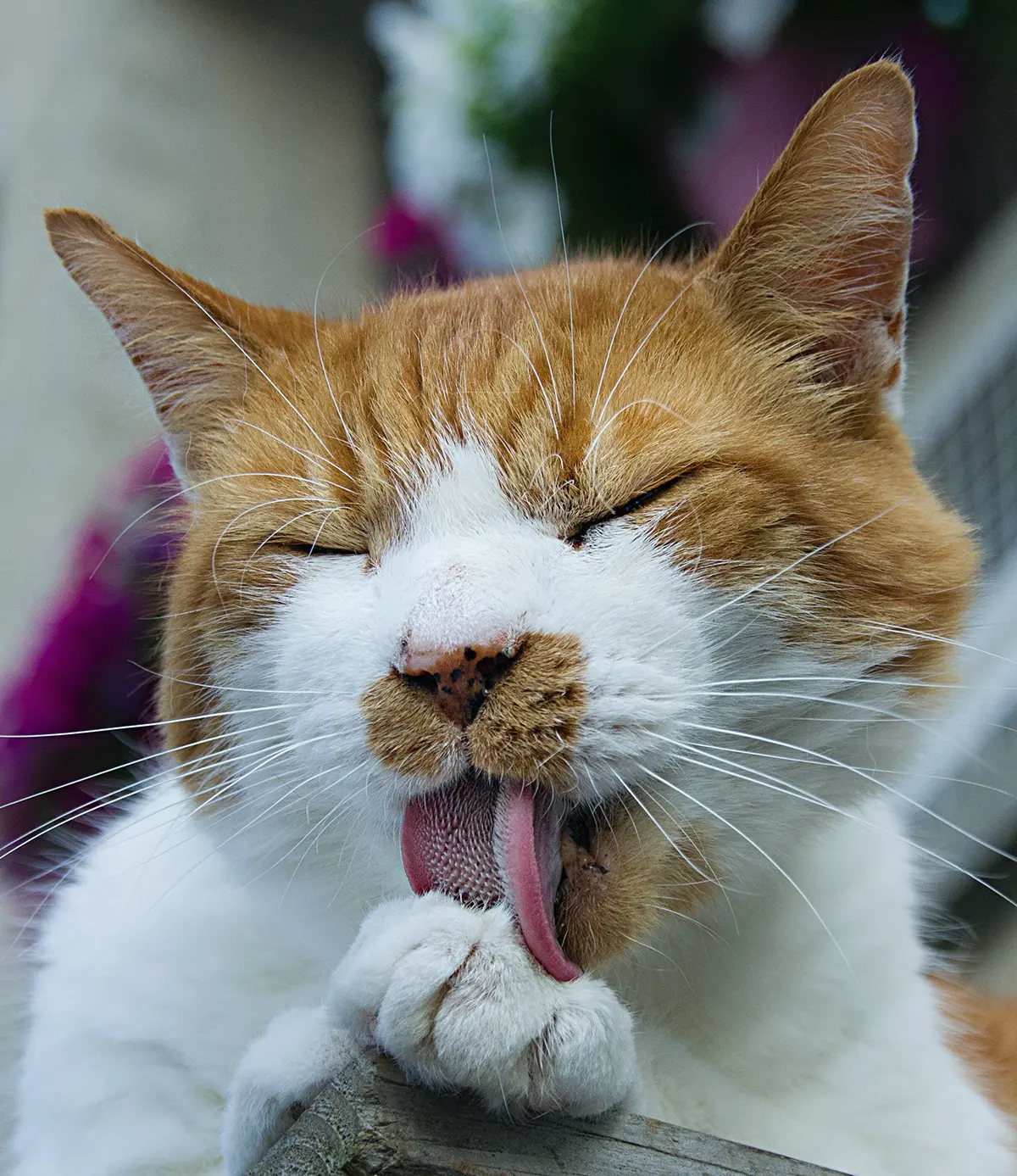
The rough tongue of cats helps to dry the fur
Although we say that "the cat washes" when we see it licking its fur, it is good to know that the rough tongue of the cat is also a good tool for drying the fur, if the cat is wet from the rain or after a bath.
If it has wavy fur, the cat resorts to its distinctive grooming technique, using its rough tongue as an ingenious drying tool. Through repeated movements, the cat runs its tongue over the fur, absorbing and removing water at the same time. This ability not only gives him quick comfort, but also serves as an essential thermal regulation mechanism. Through this grooming ritual, the cat not only regains its dryness and elegant appearance, but also skillfully manages its comfort state in the face of sudden environmental changes.
Food and dining experience
The conical papillae on the cat's tongue are not only a cleaning tool, but also an ingenious skill during the feeding process. They allow the cat to carry out a precise prehension of the food pellets, avoiding the risk of losing them during feeding. This skill becomes crucial in urgent situations, such as when several cats share the same home or in the case of street cats, who often face the need to eat at a fast pace.
It's not just cats that have a rough tongue. Large felines, such as: lions, tigers or leopards, use the suction of the tongue to clean the meat from the bones of the prey. If a lion or a tiger licked our hand, we would have the same sensation as if a cat licked us, only it would be much more intense. Of course, it would be better if no one tried this sensation coming from a lion or a leopard.
Another fascinating aspect of the cat's tongue is its wealth of taste receptors and sensors, arranged among these spines. This remarkable configuration makes the cat extremely selective in its food choices. By refusing to eat food that it does not love, the cat can go without eating for a long time, no matter how fresh they are and how appetizing the pellets look in the bowl. In contrast, dogs take a much less picky approach to their food, being willing to eat almost anything, even spoiled food, a tendency inherited from their ancestor, the wolf, which also consumes decaying corpses in times of extreme hunger.
The cat drinks water in a very special style
The cat's tongue has a very interesting anatomy, with the tip curling back into a funnel shape, which allows it to water in a completely different style than the average dog. To drink water, the cat passes its tongue over the water and only when it returns, it bends it to bring the water into the oral cavity. This is the exact opposite of dogs, whose tongues form a funnel in the front. The action is so fast that the water forms a continuous current, and to catch the water from this current the cat closes its mouth very quickly.
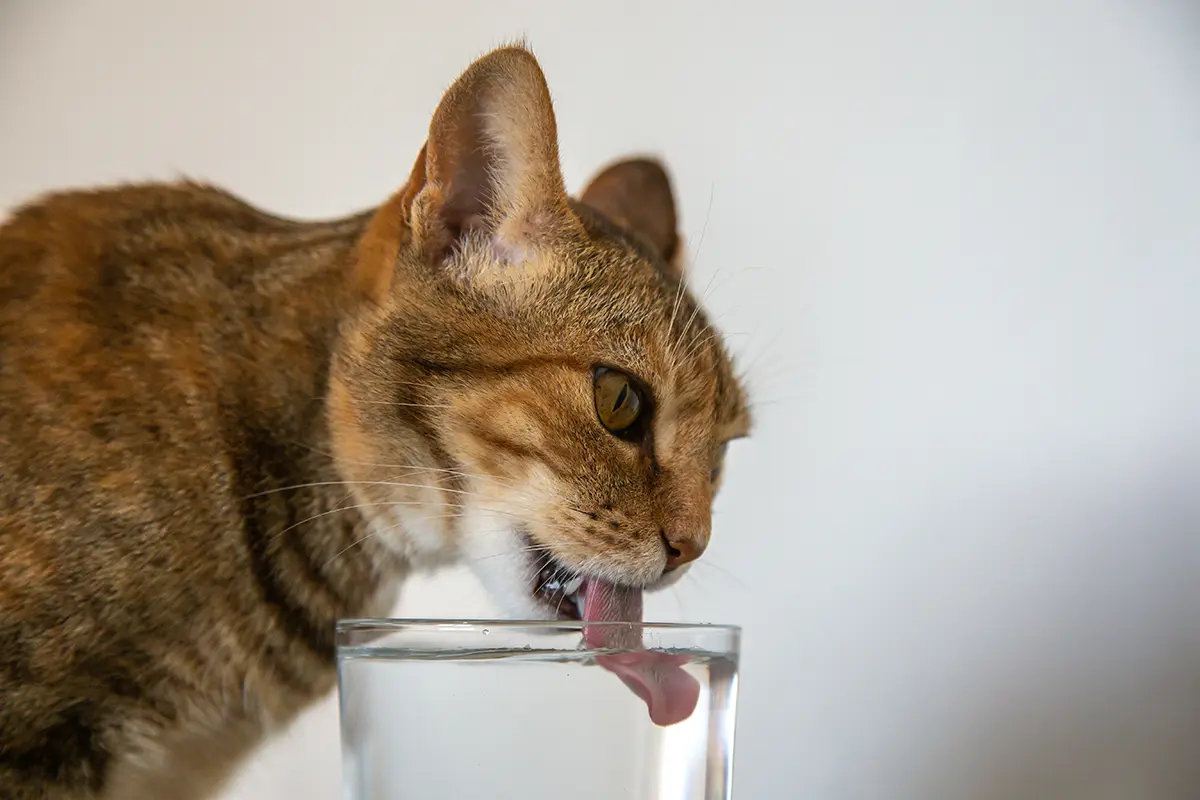
In conclusion, the rough tongue of cats, with its distinctive conical papillae, represents a remarkable and multifunctional adaptation, giving these felines an essential tool in their daily lives. From cleaning fur and managing food, to activities such as watering and personal hygiene, cats' rough tongues serve a number of critical roles.
Also read: Why does the cat's mouth smell bad? Causes and Treatment
The cat's tongue is not only a symbol of their elegant character, but also a fascinating example of how evolution has sculpted these creatures to adapt to their specific environment. With their distinct tongues, cats not only fulfill their physiological needs, but also add a touch of mystery and beauty to our interactions with these wonderful feline companions.
